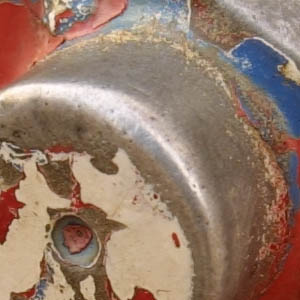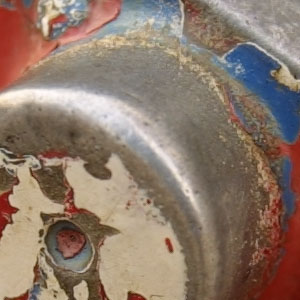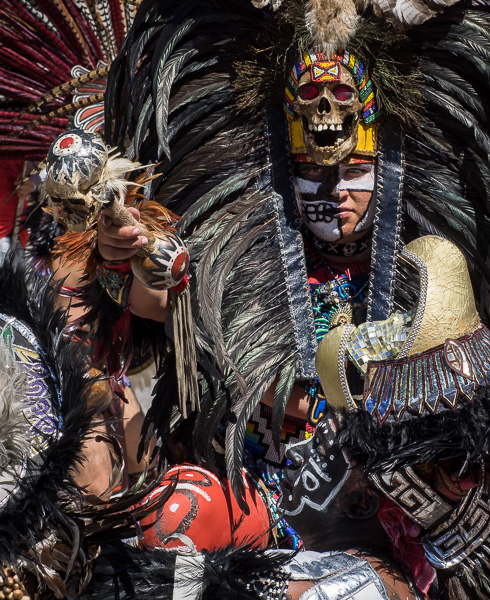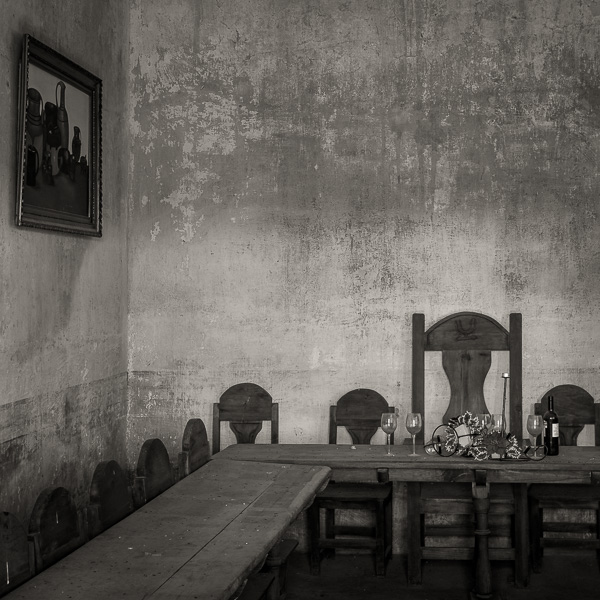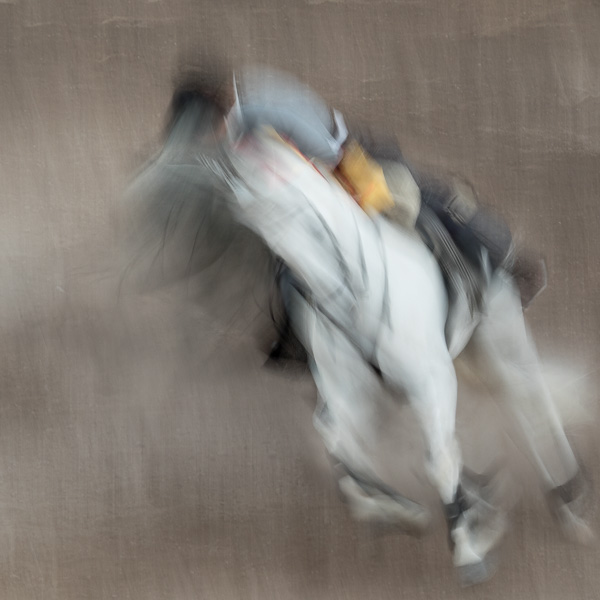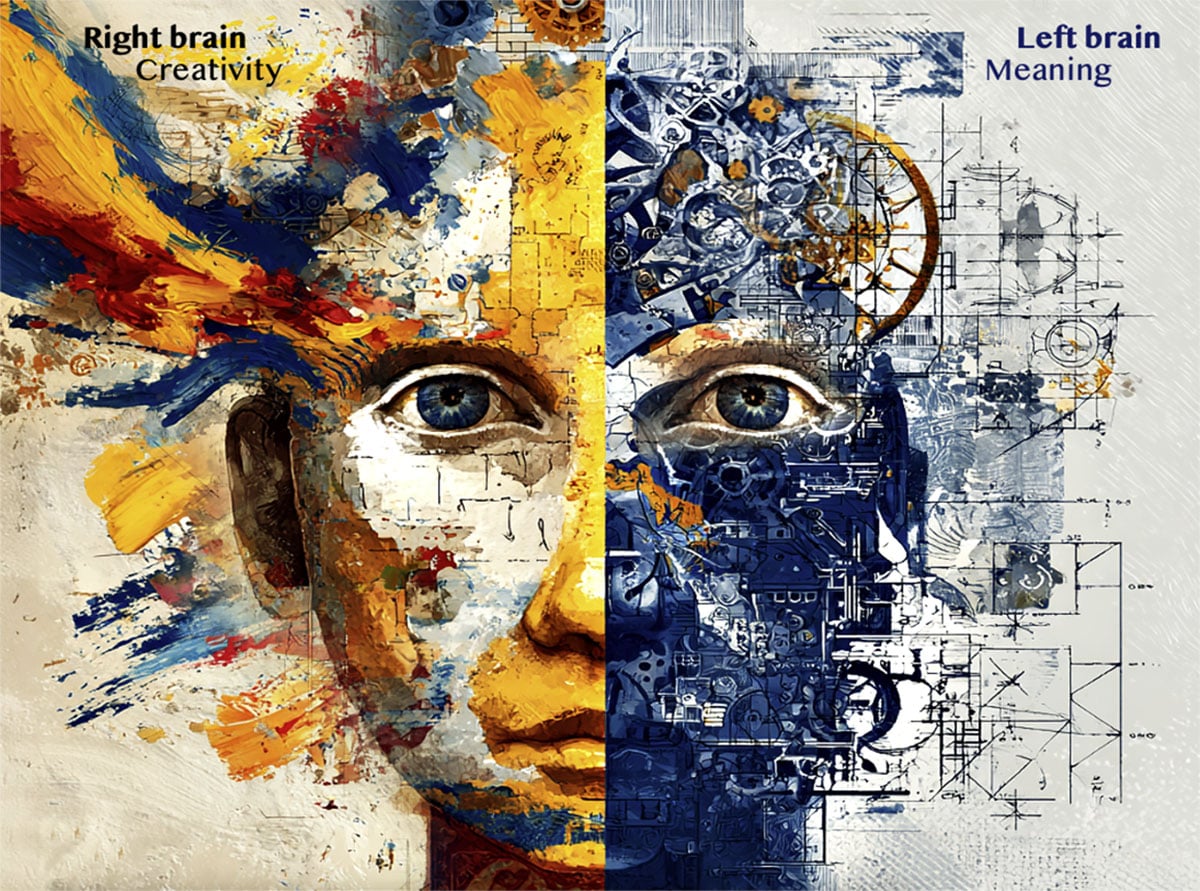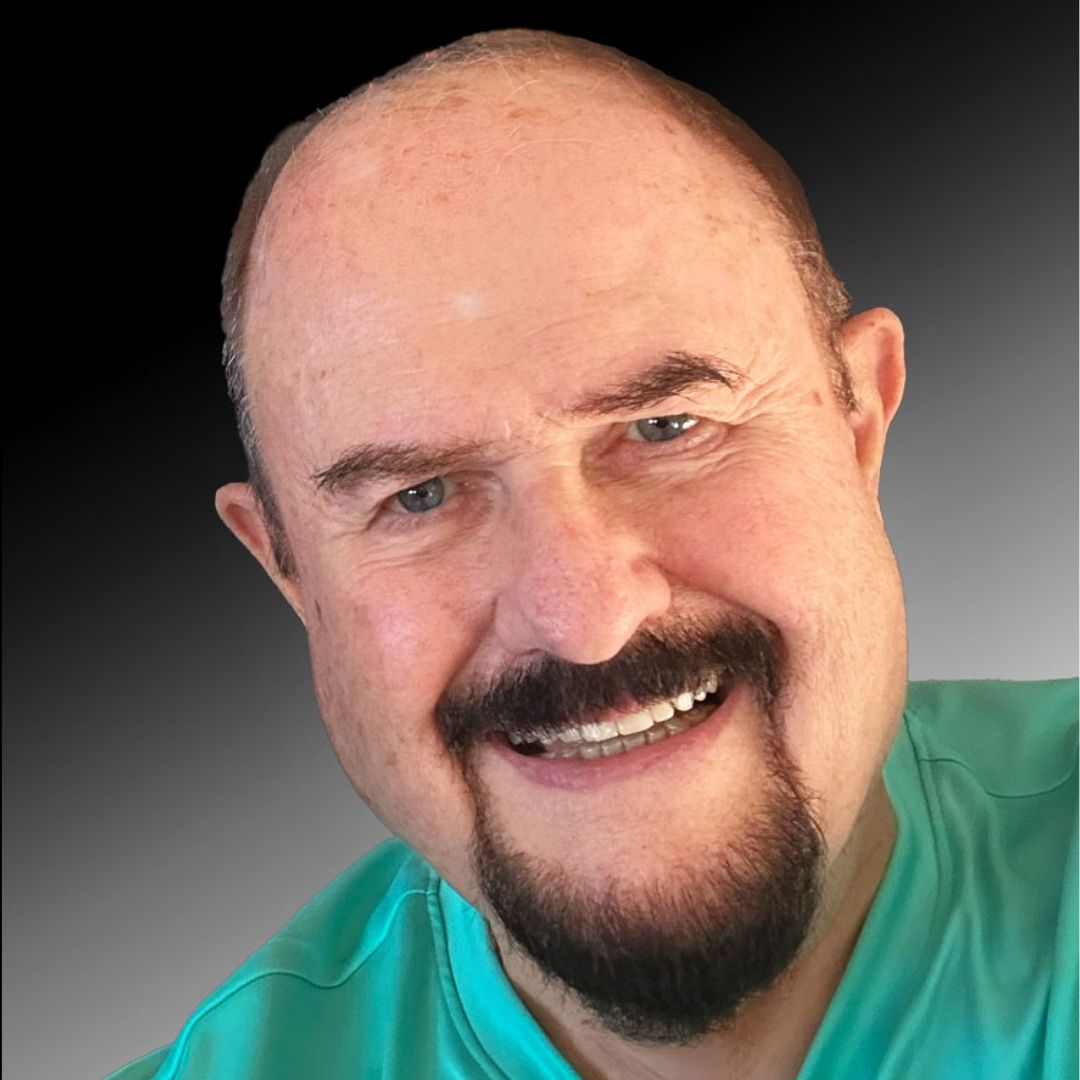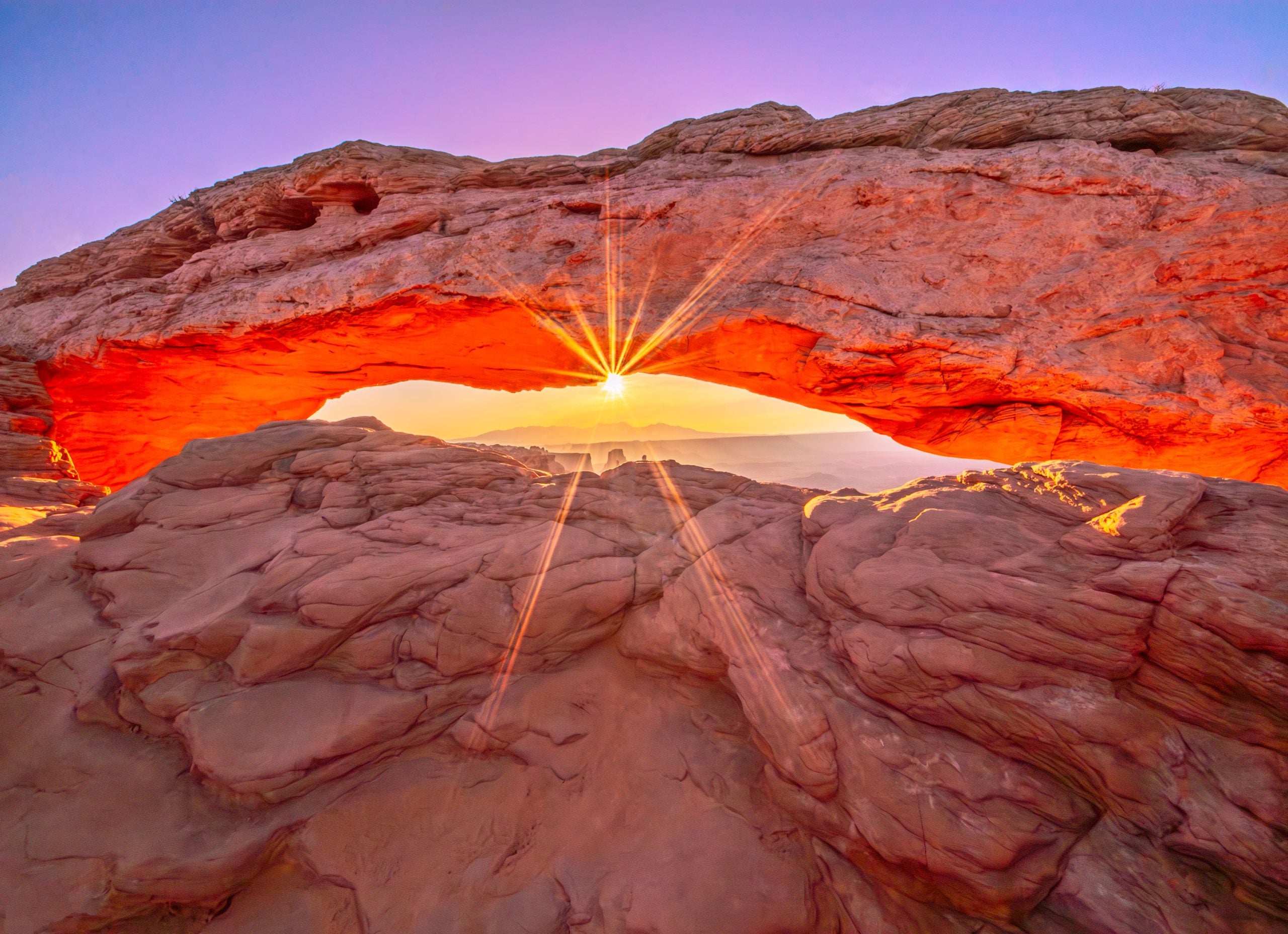By: Fred Miranda
NOTE: The image samples are 100% crops of full images. There was NO image editing performed to any of the below crops. I only resized and sharpened thumbnail examples to better represent how the images should look in real life.
All full size images were 16-bit Tiffs converted from RAW files. The parameters used were: Normal sharpness, Normal contrast and Normal saturation.
Introduction
Prior to the release of the new 16-35mm f/2.8L, the Canon 17-35mm f/2.8L lens was the professional photographer’s only choice for the ultra wide zoom range. Both are excellent choices considering the flexibility and image quality they provide.
However, some people have expressed negative comments about the 17-35L, particularly about the image quality when shooting wide open. I found that the 17-35L can sometimes produce soft images when certain focal lengths are combined with large apertures. For example, when shot at 35mm f/2.8, images are noticeably softer then when shot at 20mm f/2.8. From my own tests, the best focal lengths and apertures combinations are in the range of 17-24mm at f/5.6-11.
Although the short ranges of the lens perform well, there are serious problems with distortion at 17mm. (about 6%). This makes the lens unsuitable for architecture photography.
Enough said. Let’s compare it to the new Canon EF 16-35mm f/2.8L. Click below for full specifications straight from Canon’s site:
EF17-35mmf/2.8L USM
EF16-35mmf/2.8L USM
Below is a quick gif animation that shows how much wider one millimeter looks in the wide-angle range. If you add in the D30 multiplier, you are looking at a 25.6mm verses 27.2mm. Just enough difference to make it a good reason for D30 users to upgrade.

Physical Comparison
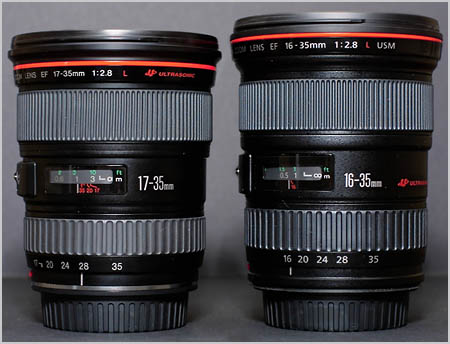
When I held the two lenses side by side, I found that the new 16-35L was built significantly better. It reminds me of the build quality of the 135mm f/2L lens. Perhaps Canon heard our cries when we asked for superior construction, and higher quality material in the body. This ultra wide-angle lens lives up to the L-series standards.
The body finish appears more durable and stronger against the rather plastic-like finish of the 17-35L lens. As you can see from the above picture, the new 16-35L is almost a 1/2 inch taller. However, they weight about the same with the 16- 35L only a mere 50g heavier.
The included 16-35L lens hood (EW-83E) is slightly larger and longer than the 17-35L’s (EW-83CII). It seems like this design difference will help combat flare more efficiently.
AF Comparison
When comparing the auto focus speed, I found that Canon used the same inner focusing system with USM in both lenses. Upon first glance, the 16-35L AF speed seems similar to the 17-35L AF speed. I recently tested the new lens with the Canon D30 and noticed a slight AF speed advantage with the 16-35L, especially in low light.
Another added feature of the 16-35L is its closest focusing distance. Canon was able to practically cut the minimal focusing distance in half. The new zoom’s minimal focusing distance is now 0.28mm/0.9ft against 0.42m/1.4ft.
Here is an example of how close the 16-35mm f/2.8L can achieve focus comparing to the 17-35L.
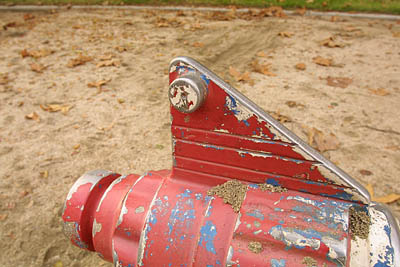 17-35L @ 17mm — closest focusing distance
17-35L @ 17mm — closest focusing distance
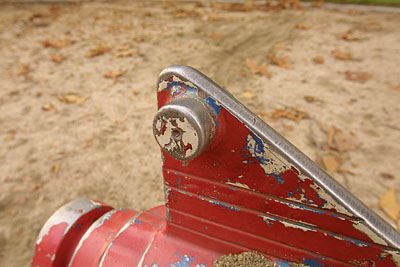 16-35L @ 16mm — closest focusing distance
16-35L @ 16mm — closest focusing distance
Optical Quality
Below is a comparison between the 16-35L and 17-35L using small apertures. I am most interested in this comparison since I often use f/8 and f/18 when shooting landscape.

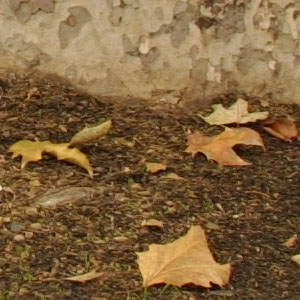
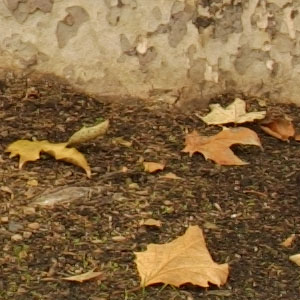
17-35L @ 17mm f/816-35L @ 17mm f/8
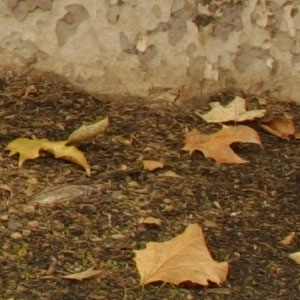
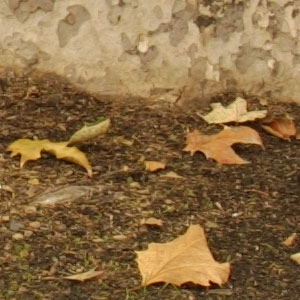
17-35L @ 17mm f/1816-35L @ 17mm f/18
As you can see from the above 100% crops, the new 16-35mm f/2.8L has an edge over the 17-35L in terms of sharpness and contrast at small apertures. Keep in mind that images tend to be softer when shooting at >f/11 apertures due to diffraction. Landscape photography is full of compromises.
Below, I compared the differences between the 16-35L and 17-35L when shooting wide open. I was optimistic about how the new 16-35mm f/2.8L would perform wide open since it is the first EF wide-angle zoom to combine three aspherical elements with Canon’s UD glass.

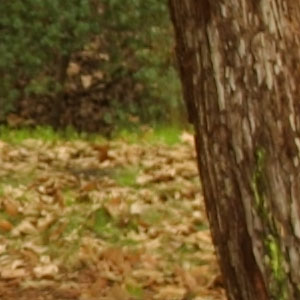
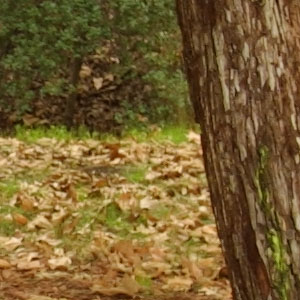
17-35L @ 17mm f/2.816-35L @ 16mm f/2.8
As you can see from the above example, the new 16-35L performs MUCH BETTER wide open when compared to the 17-35L. I’m impressed!
This final example demonstrates the difference between images shot at f/8 and f/2.8 with the new 16-35mm f/2.8L
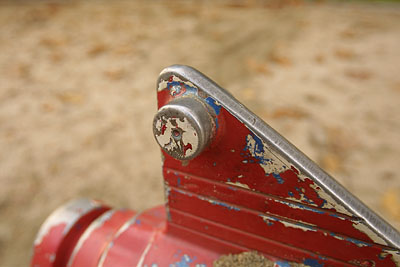

16-35L @ 16mm f/2.8 16-35L @ 16mm f/8
These results confirm that the 16-35mm f/2.8L is a worthy upgrade from the 17-35L. The wide open (f/2.8) image quality comes close to the f/8 sweet spot aperture of the lens.
Conclusion
If you are in the market for a new wide-angle lens, I definitely recommend spending the extra $250 and getting the new 16-35L. In terms of sharpness, contrast, and extra features, you will get your monies worth. A very welcome improvement is the ability to focus at 0.28m/0.9ft. In addition, for those whom already own a 17-35L and are disappointed by its performance wide open, now you have a viable choice to achieve sharp images at that aperture setting.
Overall, this is one of the sharpest super wide-angle zoom lenses that I have ever tested. I recommend it!
Fred Miranda is a native of Sao Paulo, Brazil but for the past ten years, he has lived in Los Angeles,California. As one of the first to join the digital photo circle, Fred now exclusively uses a Canon D30. He is a professional freelancer and primarily shoots landscape, nature, and fashion photography. He also devotes countless hours developing Photoshop techniques, which are available on his web site. For more information go towww.fredmiranda.com.
Update:
Since I have had the 17-35L for several years I resisted buying the 16-35L, even with the evidence of Fred’s review. But, as I began to use the EOS D60 more and more I found that the siren song of a higher quality wide-angle lens called, and I ended up buying the new wide-angle zoom in the summer of 2002. Fred’s right, it’s a significantly improved lens over the 17-35L.
Michael
Read this story and all the best stories on The Luminous Landscape
The author has made this story available to Luminous Landscape members only. Upgrade to get instant access to this story and other benefits available only to members.
Why choose us?
Luminous-Landscape is a membership site. Our website contains over 5300 articles on almost every topic, camera, lens and printer you can imagine. Our membership model is simple, just $2 a month ($24.00 USD a year). This $24 gains you access to a wealth of information including all our past and future video tutorials on such topics as Lightroom, Capture One, Printing, file management and dozens of interviews and travel videos.
- New Articles every few days
- All original content found nowhere else on the web
- No Pop Up Google Sense ads – Our advertisers are photo related
- Download/stream video to any device
- NEW videos monthly
- Top well-known photographer contributors
- Posts from industry leaders
- Speciality Photography Workshops
- Mobile device scalable
- Exclusive video interviews
- Special vendor offers for members
- Hands On Product reviews
- FREE – User Forum. One of the most read user forums on the internet
- Access to our community Buy and Sell pages; for members only.






